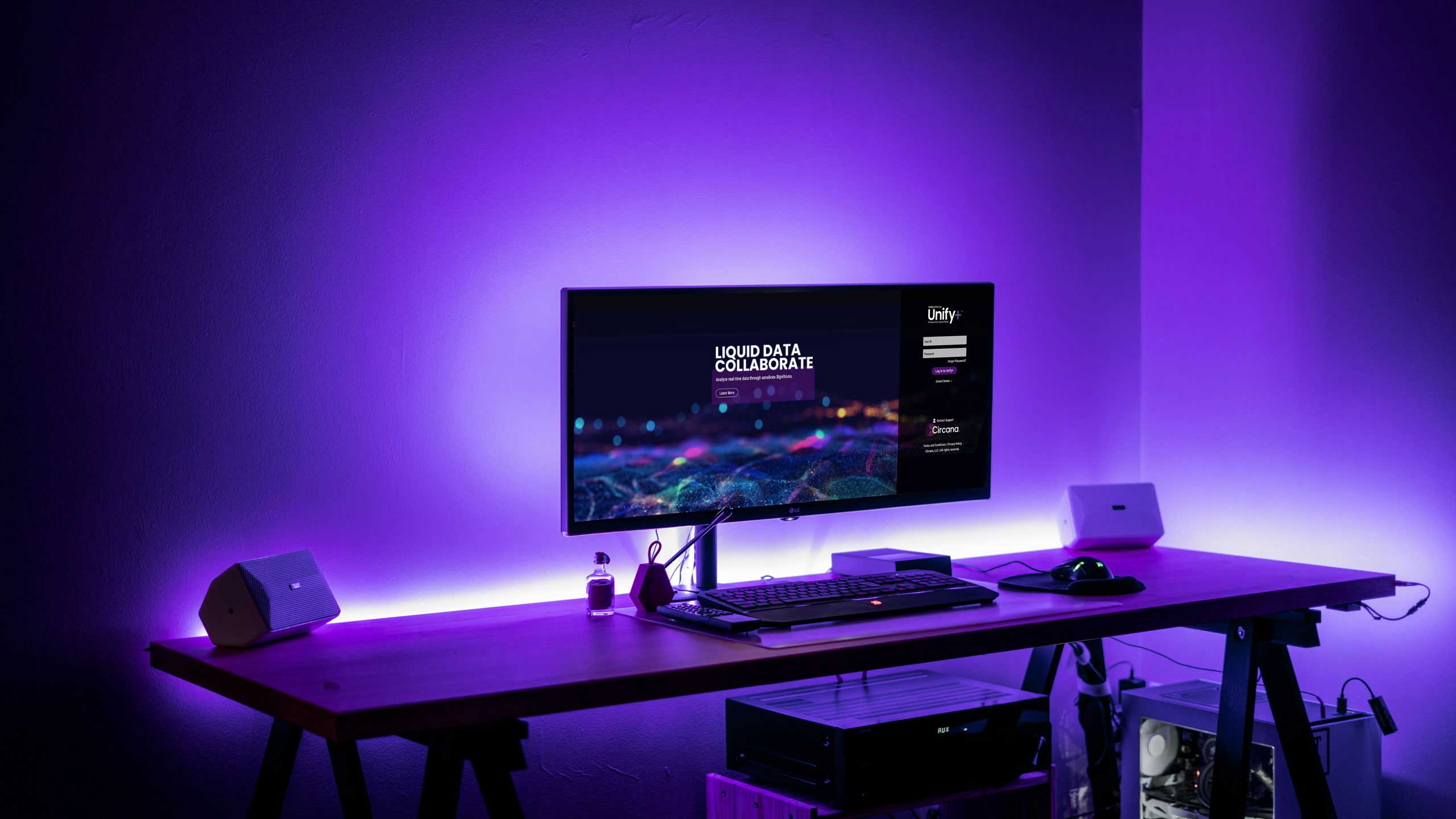- Jochen Pinsker

- Nov 9, 2022
- 2 min read
To really understand the current market drivers in Europe’s foodservice industry, we have identified eight larger scale visit situations – what we call “Need States” – in which we all of us find ourselves from time to time: work, education, travel, shopping and errands, night out, meals out, leisure/events, and home meals.
The work situation includes the commute to the workplace, and work lunch, a snack or beverage in between – anything that is triggered by the fact that consumers must be on-site for work. Education is basically the same but for teachers and students. Travel can include business or private travel. Shopping and errands refer to things that consumers do or need to get done and are using the foodservice industry for a meal, snack, or drink while being out and about. Leisure means anything that is connected to a trip to cinemas, museums, theme parks, events, etc., when consumers may take a snack or even use a restaurant, but the restaurant is not the destination. Meals out means taking friends or family out for lunch or dinner, and together with night out, which is more beverage oriented, those are really the only two situations where the restaurant, bar or café is the core destination. And finally, home meals, or restaurant transactions when the consumer is at home but unable to cook.
Let’s first look into how important these situations are for the foodservice market across the six European countries we track in foodservice at NPD.
In 2019, before the pandemic, the work situation alone represented more than one-third of all foodservice visits (not spend). Together with education, four out of 10 transactions in our industry are connected to consumers going to or being at school or the workplace. Meals out and leisure each represent 13% and 14% of visits, respectively. One out of 10 is connected to a shopping trip or other kind of errands. Travel represented 6%, and home meals represented 11%.
When looking into how these situations have been changing, we see that the work and education situation was, is, and will continue suffering the most. Today, it is still lagging more than 5 billion visits in the prior 12 months compared to 2019. Almost all other situations have been improving significantly but are still below pre-pandemic levels.
The new reality and driver of these changes in the future is certainly the permanent changes that COVID-19 brought to our work and private lives. Most of us continue to work from home, and there’s also less business travel, even more online shopping, digitalization, investments into converting our homes to make them more accommodating for work, sustainability, health & wellbeing trends, and our desire for experiences are shaping our new reality. It’s something the restaurant industry must plan around in order to cater to the needs of consumers across Europe.
Get insights straight to your inbox

































